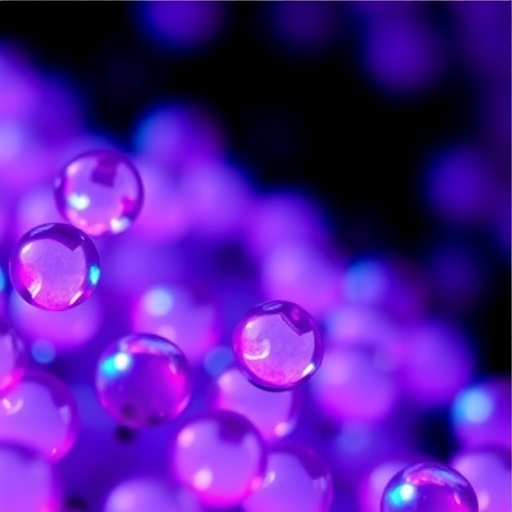Results to be exhibited at 2019 ARRS Annual Meeting
Leesburg, VA, May 7, 2019–During neoadjuvant chemotherapy, new suspicious findings detected on breast magnetic resonance imaging (MRI) during neoadjuvant therapy are most likely benign, according to a study to be presented at the ARRS 2019 Annual Meeting, set for May 5-10 in Honolulu, HI.
The study was conducted to determine the frequency and outcomes of new suspicious lesions on breast MRI arising during neoadjuvant chemotherapy.
A retrospective database review found a total of 419 breast MRI examinations performed in 297 women to evaluate response to neoadjuvant chemotherapy. After exclusions for reasons including a lack of baseline pretreatment MRI for comparison, the final study cohort consisted of 28 MRI examinations (7%) with new suspicious findings.
All cases included in the study were assessed as BI-RADS 4. Twenty-five cases had either tissue diagnosis or adequate imaging follow-up to establish a diagnosis of the new suspicious findings on breast MRI. Of these 25 cases, 44% were proven benign at percutaneous biopsy, 20% at surgical pathology, and 36% were assessed benign based on follow-up imaging of 2 years or longer. That is, for all 25 cases the cancer yield for new suspicious lesions was 0%.
Results suggest that new suspicious finding on breast MRI which occur during neoadjuvant therapy are highly unlikely to signify a new malignancy, although the authors encourage further study to confirm whether biopsy may be safely avoided in these circumstances.
“We found that new suspicious lesions on MRI are not rare, occurring 7% of the time,” Donna Eckstein, MD, author of the study said. “Nearly all of these new lesions arose while the index tumor showed treatment response on MRI, and none of these new lesions were malignant. Larger studies across facilities are needed to confirm whether biopsy may be safely averted in these scenarios.”
###
With educational activities representing the entire spectrum of radiology, ARRS will host leading radiologists from around the world at the ARRS 2019 Annual Meeting, May 5-10, at the Hawaii Convention Center in Honolulu, Hawaii. For more information, visit: http://www.
Media Contact
Alycia Tessean
[email protected]
https:/




